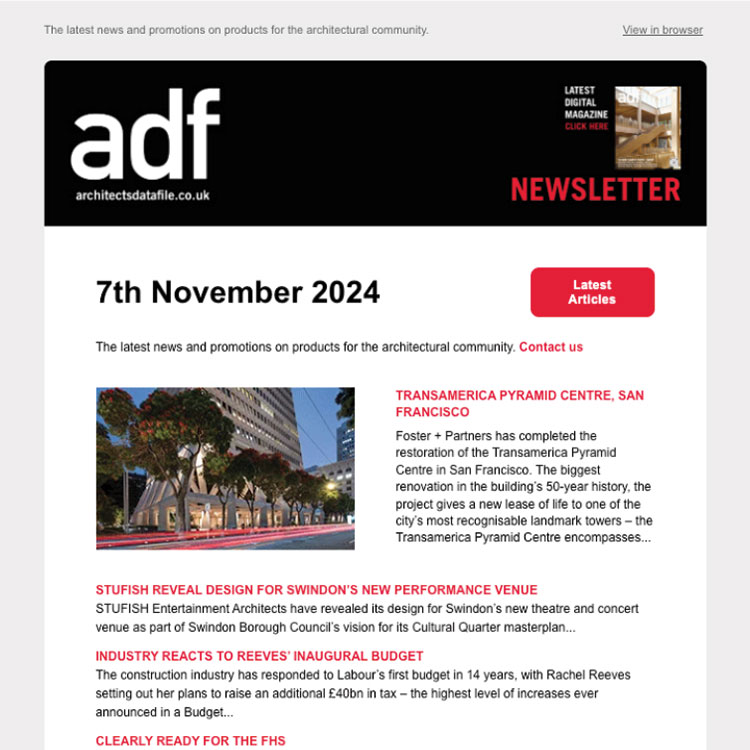Adrian Walker of Sundolitt discusses why specifiers should consider expanded polystyrene as a versatile as well as sustainable material for landscaping applications
Weighing only 1 per cent of the weight of traditional fill, expanded polystyrene (EPS) is continuing to prove itself as a modern and innovative civil engineering and construction material for landscaping projects as well as road construction, embankments, ‘noise bund’ and retaining wall applications. This versatile material’s popularity has grown due to the increased drive to find more sustainable fill options for landscaping while also taking into consideration the varied and unstable ground common throughout the UK. EPS is 98 per cent air, accounting for its light weight, but is also extremely strong under compression, with the manufacturing process having a significant impact on its inherent characteristics. Raw beads are firstly heated with steam causing them to expand. Following storage for maturation, the beads are then fed into a block mould with more steam, causing the bead to expand further and fuse together, forming the rigid block.
EPS does not add any significant weight to the existing ground, even if there is extra load from any structure above. One hundred times less dense than traditional materials, due to its closed cell formation, EPS reduces settlement caused by soil compaction, also meaning that it can be used on weaker sub-soil structures than traditional material. This high strength-to-weight ratio of EPS and its lightweight nature makes it ideal for both hard and soft landscaping, ensuring that pressures are reduced on underlying structures and services. Manufactured in a wide range of densities from 15 kg/m3 up to 43 kg/m3 and a range of compressive strengths from 70 kPa to 350 kPa, the versatility of EPS ensures the material’s suitability for a wide range of landscaping specifications and applications, according to client requirements. A great example of soft landscaping was at the prestigious Quarter Mile development in central Edinburgh, where EPS was used to avoid the transfer of load onto an underground carpark. The landscaping requirements for this project were quite exact and stringent in that the architects required creating a contoured area of grass and trees for an area between the new-build section and the existing Infirmary buildings. This area was on top of the underground car park and traditional fill would have been too heavy to create the mounds and amount of contouring required.
EPS can be used in urban environments where hard landscaping may be required over structures or service tunnels. Different grades can be combined to create the most economic design for the individual specification, with the knowledge that minimal load will be transferred to the structure below, yet with the assurance of a firm foundation that will accept any hard landscaping finish. EPS can also be used in conjunction with green roof applications, where the EPS is not providing the thermal insulation but is allowing for landscaping on the roof structure, without severe loading implications of traditional fill materials. This could be ideal for a structure where the roof needs to blend in with the surrounding countryside. Due to the lightweight nature of EPS, significantly more blocks can be transported compared to traditional fill material, ensuring lower carbon emissions and less pollution due to the reduced number of loads. Approximately 80 m3 of EPS blocks can be loaded onto one single vehicle compared to only 16 m3 of traditional landfill, reducing the need for excessive transportation. EPS does not require heaving lifting equipment on site and is easy to handle and cut; safety measures such as protective clothing, masks or goggles are not required.
EPS will maintain its performance characteristics over its expected life cycle, with this longevity increased due to its durable nature and immunity to insect, bacterial and fungal attack. It is rot proof making it ideal for direct contact with earth and it does not require indoor storage, nor will it become friable (crumblable) or saturated. Manufactured in a range of compressive strengths and sizes designed specifically for individual applications, EPS has proven its use as an innovative and ideal landscaping material for several years. Manufacturers work with architects and landscape designers to ensure the correct grade of EPS is used with layer by layer drawings provided to detail contouring and build-up. The material’s versatility is undeniable, and the environmental qualities of EPS make it a sustainable choice. The ability of EPS to create stable ground conditions over an extensive timeframe will decrease the need for potentially costly remedial works caused by settlement, resulting in a more stable fill material, but with none of the associated issues experienced with alternatives. Extruded polystyrene (XPS) can also be used as a fill material, and has recently been used at the major redevelopment of Battersea Power Station. Installed to provide temporary parking for delivery trucks supplying this huge scheme, XPS was specified for the project due its load-bearing characteristics yet lightweight nature ensuring undue stress would not be transferred to the existing slab.
Adrian Walker is sales manager at Sundolitt


